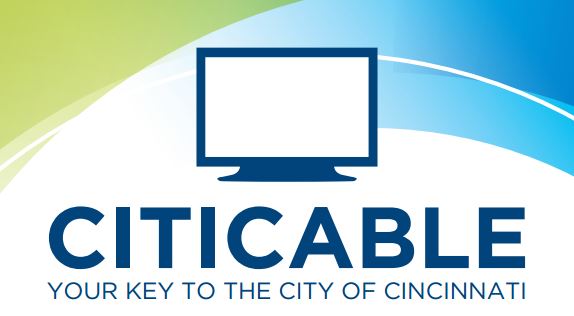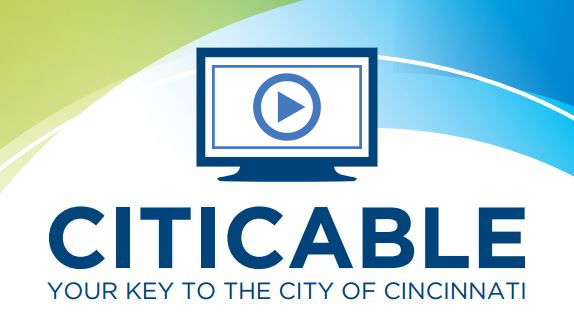I-471 South Expected to Reopen by Spring
Nov 28, 2024
The following information is a repost of ODOT's 11/27 press release about the I-471 bridge closure:
CINCINNATI – Following a November 1 fire that significantly damaged a section of the Interstate 471 Ohio approach to the Daniel Carter Beard Bridge, the Ohio Department of Transportation (ODOT) announced today that it expects to have all lanes reopened in March.
Shortly after the fire was extinguished, ODOT executed an emergency contract with Hinckley, Ohio-based Great Lakes Construction to make repairs to reopen the vital link between Cincinnati, Ohio, and Newport, Kentucky, that serves approximately 100,000 vehicles each day. Since then, a team of hundreds of people from more than two dozen companies have simultaneously worked to obtain materials needed to make repairs, and engineer and design a customized demolition and repair plan.
Before any of the work could begin, crews had to properly support the unstable damaged structure with shoring towers.
Demolition Begins on Friday
The demolition of the damaged section of highway is not a typical demolition. During a standard demolition, crews would simply saw-cut the concrete bridge deck, remove the damaged concrete, then cut the damaged steel beams, and remove them.
The fire left several steel beams deformed, detaching them from the concrete bridge deck. Due to a lack of support, the bridge deck warped. The plan for removing just the concrete deck is 224 pages long and details everything from where cuts should be made to where equipment should be placed and how to safely offload weight from the warped deck. Along with this is a separate demolition plan for the girders, which is just as detailed and complex. These specialized demolition plans are necessary to ensure the approach remains stable for the safety of the public and workers.
Repairs to Northbound I-471
Once all the damaged sections of the southbound I-471 bridge have been removed, crews will turn their attention to making repairs to a 70-foot section of the left wall of northbound I-471. Those repairs are expected to be completed in late December. This will allow all lanes of northbound I-471 to be reopened.
Getting the Materials
The damaged steel beams and plates on the southbound side of the highway are custom fabricated to this location on this bridge. The steel plates are first ordered from a steel mill, then shipped to a fabrication shop. At the fabrication shop, hundreds of steel plates will be welded together to form the girders needed for repair.
ODOT and Great Lakes Construction have been working with several girder manufacturers that operate more than 20 fabrication shops to determine the shortest fabrication timeline. Unfortunately, there is high demand for steel beams and girders due to the historic damage to infrastructure in North Carolina and Tennessee from the remnants of Hurricane Helene back in September.
Nucor Steel will manufacture the steel and ship it to the Stupp Bridge fabrication facility in Bowling Green, Kentucky. All steel components are expected to arrive in Cincinnati by mid-January.
Rebuilding I-471
Crews will replace bearings and expansion joints and repair concrete pier caps on the damaged section. Once the steel components arrive on site, crews will begin erecting the beams and pouring a new concrete deck and side walls for the southbound lanes of I-471. Weather permitting, all work is expected to be completed by early March.
For context, a typical project that would replace steel girders would normally take about 3 years to design, bid, fabricate, and construct. ODOT, Great Lakes Construction, and more than two dozen companies will complete it in months.
Differences with Brent Spence Bridge Emergency Repair
Many comparisons have been made between this situation and a November 11, 2020, fire that damaged the Brent Spence Bridge. While both were fires involving bridges, the differences are stark.
The structural stability of the Brent Spence Bridge was never compromised. Inspectors were able to get a close look at the damage shortly after the fire was extinguished. Shoring towers were not needed. Demolition was comparatively routine, and standard beams were needed which were quicker to obtain and fabricate. Equipment was able to be placed on the lower deck to help make repairs to the top deck, less than 20 feet overhead. None of the expansion joints or bearings were damaged.
In contrast, the fire on the I-471 southbound approach caused such severe damage to the bridge that it was deemed unsafe for anyone to be either on top of or below the bridge to conduct inspections or to begin any type of repair work until it could be properly stabilized.
The deck of the I-471 southbound approach separated from multiple girders. Steel girders of this size are not “off-the-shelf” materials. They were designed and fabricated specifically for this location on this bridge. The expansion joints and bearings will need to be completely replaced and will need to be custom-built.
Paying for the Emergency Repairs
ODOT will pay for the emergency repair project. Thanks to an emergency declaration signed by Governor Mike DeWine, ODOT will pursue reimbursement from the Federal Emergency Relief Program. The final cost of the project will be known when all work is complete.
Investigation Continues
The Cincinnati Fire Department continues their investigation into how the fire under I-471 started and exactly what burned. Until the investigation is completed, ODOT cannot comment on whether any changes to policies and procedures will be needed or made.
|




